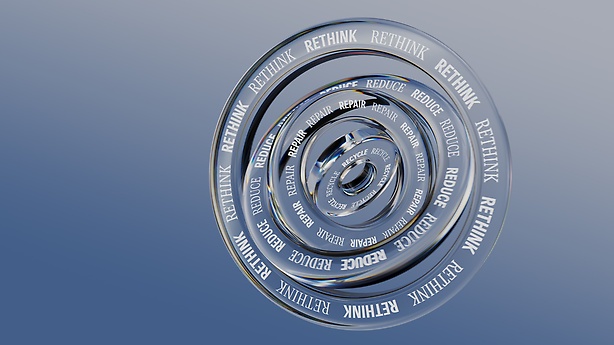We are well aware of the importance of water as a resource, its increasing scarcity and also of the risks resulting from climate change such as flooding and drought. Water is a shared natural resource, and critical to our operations, employees, customers and supply chain as well as the places in which we operate. We have identified three strategic elements for our water policy.
Conservation of fresh water through efficient use and treatment
We want to use water resources efficiently and further reduce our consumption. To achieve this, we are closing water cycles – for instance, by treating process water and using closed-loop cooling systems instead of open ones. We have also implemented water-conserving measures for the rain test, which is used to check the watertightness of new vehicles. At some plants, we are using a biocide-free biological water treatment system. This means fewer pollutants in the wastewater and that the volume of water can be retained and reused within the cycle roughly three times longer.
Wastewater from the production processes and sanitary facilities is either pre-treated and/or channeled into local wastewater treatment facilities according to local regulations, respectively treated and purified at the company’s own sites.
Prevention of soil and groundwater contamination
We take great care to protect soil and groundwater through technical and organizational measures to prevent the discharge of water pollutants. To initiate targeted measures at our plants, we developed the “Storm Water Protection – Pollutant Discharge Elimination” standard in 2014, and the “Handling Water-endangering Substances” standard in 2021. These provide fundamental information and requirements for the prevention and reduction of potential environmental damage.
Furthermore, we adhere to water-related risk assessment instruments, standards and disclosures. For instance, since 2021, we have been working with the so-called Water Risk Filter from the Worldwide Fund for Nature (WWF) and identify facilities that could have negative impacts.
Flood protection
We are conscious of the flood risk arising from heavy rains associated with climate change and are implementing comprehensive measures to protect the environment and our group locations.
,xPosition=0,yPosition=0.5)
,xPosition=0,yPosition=0)
,xPosition=1.0,yPosition=0)
,xPosition=0.5,yPosition=0)